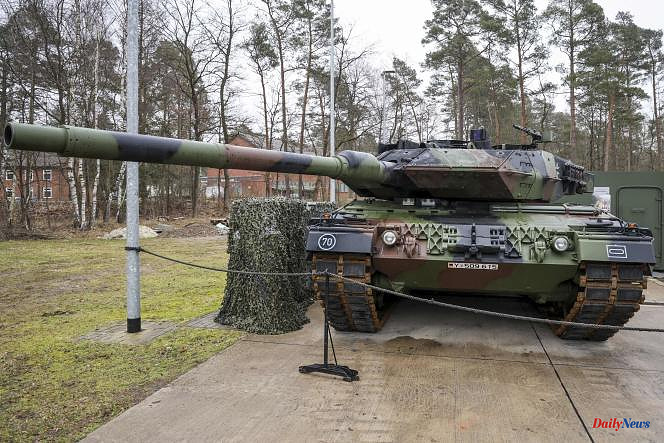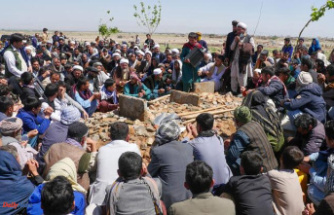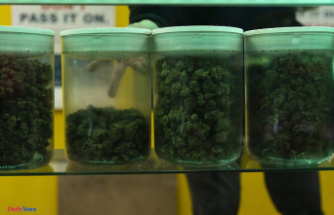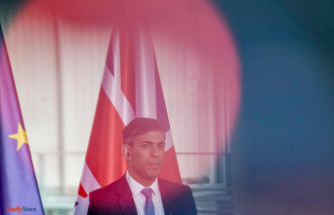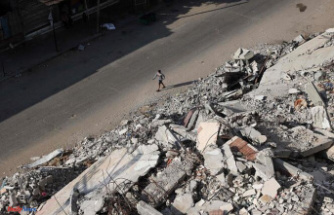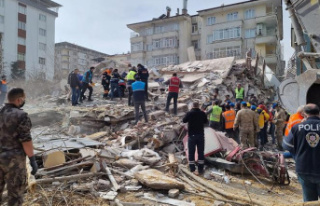Since the summer of 2022, the Ukrainians have been crying out for battle tanks to be able to launch a counter-offensive against Russian troops. After months of discussions, kyiv finally obtained in January the promise of 120 to 140 Western tanks by a coalition of twelve countries. While waiting for their arrival – Poland announced on Friday February 24 that it had delivered its first armored vehicles – Ukrainian soldiers must train in these machines with which they are unfamiliar.
In recent weeks, the first crews have started training on Leopard 2A6s in Germany and Poland, as well as Challenger 2s in the UK.
Oleksi Danilov, the secretary of the Ukrainian national security and defense council, estimated that it was possible to train his troops on Western armor in three to four weeks. But Western tank commanders and ground warfare analysts are more circumspect.
Necessary acculturation
"On a fairly simple tank, of old design, with a crew that has what's called 'armoured prerequisites', i.e. has been in a turret before, training can go quite quickly," however, "five to eight weeks," says Yann Boivin, armored equipment specialist and creator of the Blablachars blog.
However, the expected equipment is more modern than the Russian armored vehicles currently used in Ukraine. They are heavier, because they are better protected against mines and anti-tank missiles, but also more mobile. They can locate targets and shoot from a greater distance – up to 5,000 yards. "Western tanks are not designed like Russian tanks where ergonomics are less taken into account," Boivin argues. This former cavalry officer, the French armored arm, insists on the necessary acculturation which risks lengthening the times of an already intense training, at the rate of six days a week, twelve hours a day, with translated courses.
For obvious reason, Ukraine focused on the Leopard 2, a model available in large numbers in Europe and which the Krauss-Maffei company still assembles. A choice all the more obvious for Colonel Markus Reisner as the Leopard 2 is easy to use and maintain. “The idea behind the design of the Leopard [in the 1970s] was to build a tank that was easy to control because the German army was essentially a conscript army,” says the head of the research department
The specialists therefore wonder about the result of the accelerated training offered to the Ukrainians, who will be called upon to face Russian crews who may be more seasoned and certainly more familiar with their armored vehicles. The Russians also have missiles – Kornet, RPG-29 and RPG-30 – as capable as the American Javelins and British NLAWs, which have wreaked havoc on Russian formations. "We train Ukrainian crews who go directly into battle, for whom the sanction [in front of the enemy] is almost immediate", underlines Yann Boivin.
Technical training and tactical training
If they want to launch an offensive, the Ukrainians must be able to count on superior forces in numbers, in a ratio of three attacking elements for a defender, a ratio which increases to eight attackers for a defender in an urban environment. “They need 300 tanks, 600 to 700 infantry fighting vehicles, 500 artillery pieces… Then it all depends on how they will assemble these different elements into a combined force grouping,” Colonel Reisner explained.
In addition to technical training, there is training in tactics. After training a crew, it must be taught to maneuver, to fit into a platoon – four tanks –, then into a squadron – thirteen tanks registered in a combined arms tactical group (GTIA). "It is complicated to train the soldiers of an army that does not apply its own doctrine: I do not see myself imposing the French doctrine on the Ukrainians...", insists Yann Boivin. Before adding: "I think the tactical training will be at a minimum, on safeguard measures, basic measures and will be adapted to the terrain. »
Above all, the Ukrainians will find themselves with a collection of equipment of different origins, with as many spare parts and different ammunition. Their supply and maintenance will be a logistical headache. Just like their journey from the Polish border to the front line: they will not use rail, but tank carriers carrying one vehicle at a time, using different routes.
The Russians know this and they will not try to destroy one tank at a time with missiles, but rather wait for the Ukrainians to bring them within range of their artillery. “You have to assume that these tanks are going to be observed. We will have to make arrangements, circulate them at night, scatter them during the stops, ”summarizes Yann Boivin. "We're going to see Leopards on fire," agrees Colonel Reisner.

